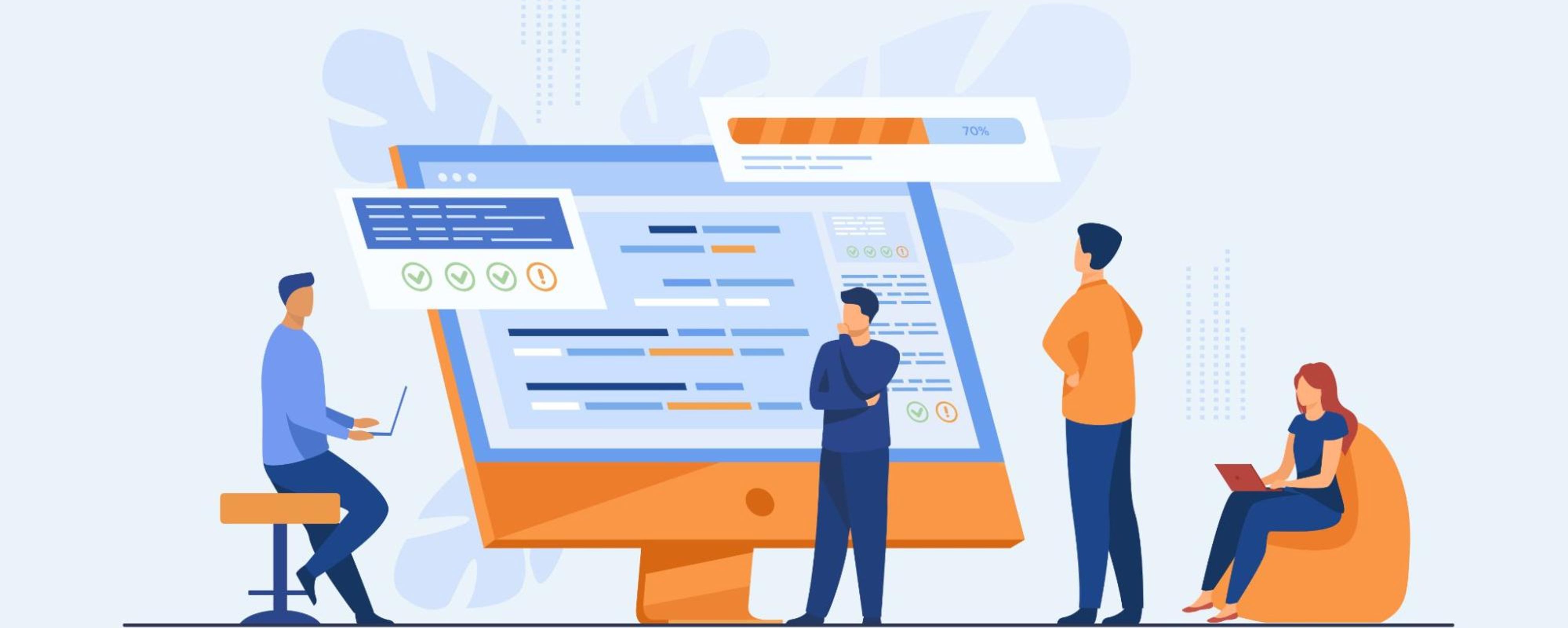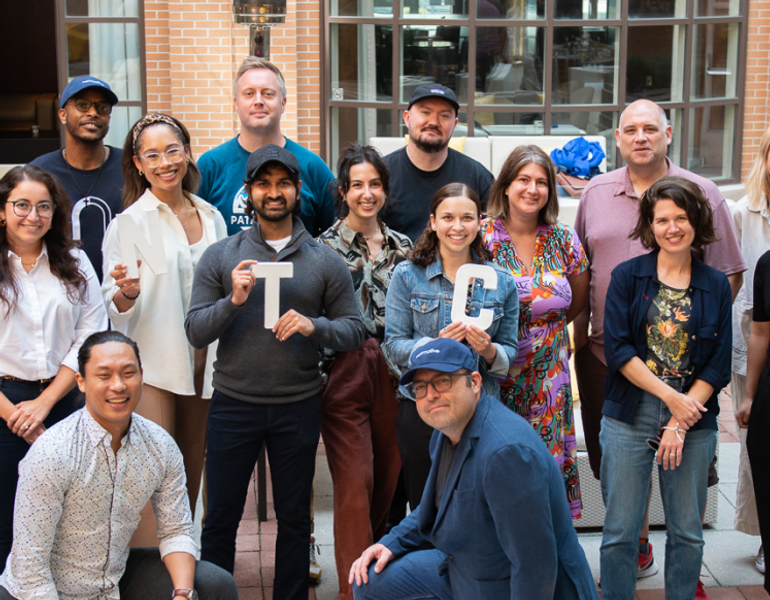Software Assessment Template & Checklist
Are you finding that software development is an even more complicated and in-depth task than you previously thought? If so, you don’t have to worry. Many developers before you have felt the same way.
What you need is to uncomplicate things by employing a simple software assessment process to determine if your minimum viable product (MVP) is on the right track.
How a Complete Software Assessment Benefits Your Business
Simply by delving into the world of software development (particularly enterprise software), you’ve already made a smart decision. Afterall, in 2021 IT spending in that category is predicted to reach $517 billion USD worldwide.
But, regardless of what type of software you’re developing and whether you need a build vs. buy software assessment, an accounting software assessment or a cybersecurity software assessment, once you’ve completed the process of this software assessment checklist and templates, you’ll have a much better understanding which areas of your product can improve in order to maximize its success.
Want to Avoid Common Mistakes of Focusing too Much on the User-Only Model? Check out these Blogs.
- The Risks of User-Only-Centered Design
- In Our Relentless Focus on the User, We Have Forgotten About the Customer
Our Software Assessment Template
To break things down and make them simple to understand, you can apply the criteria in this template to perform a complete software product evaluation, and identify areas for improvement.
To help keep a detailed evaluation report, feel free to copy and paste this information into a PDF report of your own. That way you can have this template in a PDF to better track your progress. You can also port the info into Google Docs or Google Sheets to achieve a similar result.
While there will be many subsections in this evaluation form, start thinking of your MVP under the two umbrella terms of Usability and Sustainability & Maintainability.
So, without further ado, let’s go into the Usability portion of our software assessment template and checklist:
- Usability
The Usability portion of this checklist will help you determine how easy your software is to use from the user’s perspective.
- Understandability
To be blunt, how straightforward is your product overall? If a customer were to take a first glance at your software (i.e. the name, the logo and a brief description), download and open it, would they immediately understand what it does and its purpose? Is the intended market and the users one-in-the-same? And, could they start using the software’s basic and advanced functions right away?
- Documentation
User experience is extremely important for software to be successful. Because, if it provides a bad experience, all the surveys and assessments in the world won’t be able to undo the initial impression those users had with your product. That’s why, you need proper user testing and documentation, and ensure the following aspects of said documentation:
- Quality
- Completeness
- Accuracy
- Appropriateness
- Clarity
- Buildability
Is your software straightforward to build? To avoid any slow down in your job performance, ensure you’ve answered if:
- The software is capable of being built on a build platform
- It also meets the prerequisites for optimized building on a build platform
- Installability
Determine how simple it is to:
- Meet the prerequisites for installation onto a target platform
- Install the software onto a target platform
- Configure the software for use following installation
- Verify the installation for use
- Learnability
Most new software installs require getting-started guides for new users to get going. Whether these guides are searchable web-based pages on Google, or included as a PDF, you must determine if these guides, in combination with the UX of your product, will educate the users to:
- Perform the basic functional tasks of the software
- Perform advanced functional tasks of the software
Need Help Assessing the Viability (and Marketability) of Your Software?
Contact Us
Sustainability & Maintainability
The Sustainability & Maintainability section of this checklist informs how ready your software is to meet various standards and requirements for public use:
- Identity
Is your project or software’s identity clear and unique, both within the application domain and generally?
- Copyright
Is it exceptionally clear to users and the public who wrote the software and who owns its copyright?
- Licensing
Has all the appropriate licensing been adopted (i.e. web site states licence, open source license, etc.)?
- Governance
Is the management of your software development project effective and transparent? For instance, does it have a defined governance policy that is publicly available?
- Community
Can you identify if, and to what extent, an active user community should, or will, exist for your product?
- Accessibility
Can you quantify the degree to which your software will be accessible?
- Testability
Does your software development structure have effective testing procedures to verify modifications?
- Portability
If portability is an intended feature, how many other platforms will it be used on, and how will it perform?
- Supportability
Do you have a clear road map when it comes to how your product will be supported upon launch, and in the future?
- Analysability
For the purpose of understanding your software’s implementation architecture and how individual source code files will fit into it, how easy is it to analyse the software’s source release?
- Changeability
Is it straightforward to modify the software to address issues, modify functionality and add new functionality?
- Evolvability
Is there a plan to further develop your product in the future? Perhaps for a future release within the product’s roadmap?
- Interoperability
Does the software’s interoperability meet appropriate open standards and function with both required and optional third party components?
What a Software AssessmentChecklist Won’t Show You
While many software evaluation templates can help you identify areas of strengths and weaknesses within your software development process, it can’t help you create and innovate in a way that truly solves your target market’s biggest problems.
For that, you need an experienced team of evidence-driven innovators who’ve got their creative fingers on the pulse of today’s rapidly growing marketplace.
If you want to help your software succeed and become all that it can be, talk to us today and let’s work together to make your startup dreams come true.



